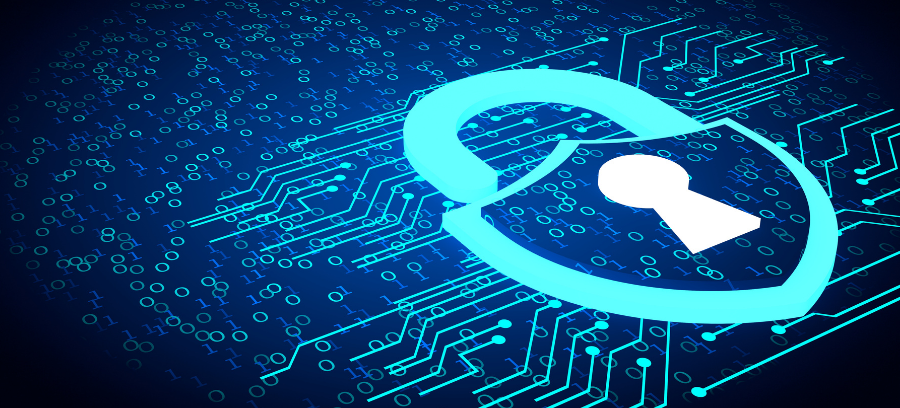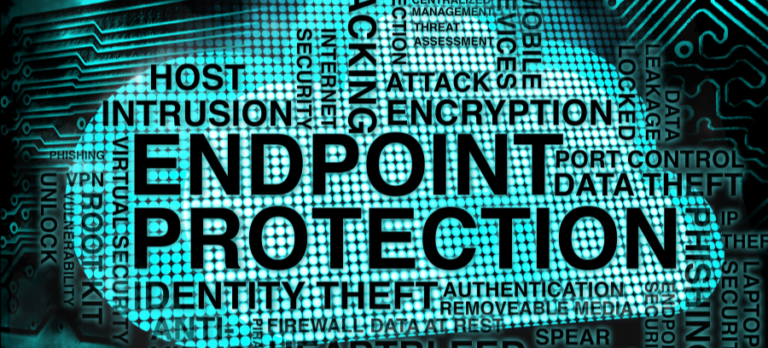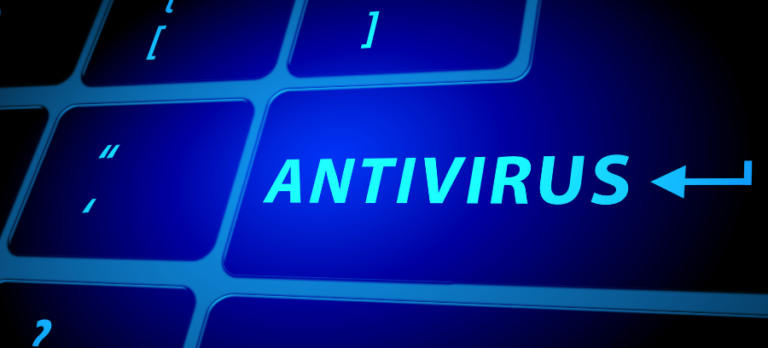As the digital world is increasing, knowing about digital assets and protecting them is essential. Digital assets play significant roles in our personal and professional spaces. But, most of us aren’t quite clear on what they are, or how to safeguard them. This post will share insight on digital assets. You’ll learn of some digital asset examples. Plus, it’ll guide you on protecting your digital assets.
What are Digital Assets?
Digital assets are anything you can use that’s stored digitally. Imagine the pictures on your smartphone or a big corporate database. As tech gets smarter, so do these digital assets. They get diverse and valuable. It’s important to get a grip on them and keep them safe. That’s what Certified Nerds is here for. Their experts offer services aimed at guiding individuals and businesses to handle and safeguard these precious resources.
Examples of Digital Assets
To grasp the concept of digital assets, let’s look at some common examples of digital assets:
- Photos and Videos: Personal photos and videos stored on devices like smartphones, computers, and cloud services.
- Documents: Important files such as Word documents, PDFs, and spreadsheets.
- Music and Movies: Purchased or downloaded music and movie files.
- Emails and Messages: Correspondence through email, social media, and messaging apps.
- Digital Wallets: Cryptocurrencies and digital wallets holding financial assets.
- Social Media Accounts: Profiles and content on platforms like Facebook, Twitter, and Instagram.
- Websites and Domains: Personal or business websites and domain names.
- Intellectual Property: E-books, online courses, patents, and trademarks.
- Business Data: Customer databases, financial records, and proprietary software.
Digital assets are varied and valuable, shown by these examples. It’s crucial for companies to protect them for safety and to keep people’s trust and respect.
The Importance of Digital Assets Protection

Guarding your digital valuables keeps them safe from dangers such as stealing, disappearance, or unwanted entry. As cyber-crimes increase, protecting these digital assets becomes increasingly necessary. Let’s consider some reasons why this protection is so important:
- Preventing Financial Loss: Unauthorized access to financial data or digital wallets can result in significant financial losses.
- Maintaining Privacy: Personal and sensitive information needs protection to avoid identity theft and privacy breaches.
- Preserving Business Reputation: For businesses, a data breach can damage reputation and customer trust.
- Ensuring Continuity: Protecting digital assets ensures that critical information is always available when needed, avoiding business interruptions.
We provide full-range support for people and companies to guard their online possessions. With their skill in digital security and information handling, your internet treasures are defended against risks.
How to Protect Digital Assets
Keeping digital assets safe needs different tactics and good approaches. Here’s a few key moves to boost protection of digital assets:
1. Strong Passwords and Authentication
Go for tough, distinct passwords for each account. Turn on two-factor authentication (2FA) when you can. It gives more safety because it needs another proof check.
2. Regular Backups
Always save copies of your online materials at different places. You could use outer drives or internet storage sites. This way, if something bad happens, you can get your files back.
3. Encryption
Transform private data into coded language to keep it safe from prying eyes. This code can only be cracked with a distinct code-breaker, adding a hefty shield of protection.
4. Secure Networks
It’s key to use a safe network, not public Wi-Fi, when checking private info. Make sure the networks at your house and work are defended by good passwords and upgraded safety measures.
5. Update Software Regularly
Always update your software and systems. This shields you from weaknesses that could be misused. Regularly doing so keeps security fixes in place, cutting down the danger of cyber threats.
6. Educate Yourself and Your Team
Knowledge is the front line in safeguarding digital property. Learn, along with your crew, about typical online dangers and effective ways to dodge them. Certified Nerds provides learning modules, equipping businesses with current data on cybersecurity trends and hazards.
7. Use Reliable Security Tools
Put your money into dependable safeguards such as antivirus programs, firewalls, and systems that spot intrusions. These instruments can spot unwanted access to your online treasures and block it.
8. Monitor and Audit
Make it a habit to check and review your online resources and visit records regularly. Doing this can spot odd behavior early and take swift steps to stop possible data leaks.
9. Legal Protection
Make sure to shield your online resources with the help of trademarks, copyrights, and patents if need be. This action keeps your unique ideas safe from unauthorized use and theft.
We deliver a variety of digital protection measures to keep your digital properties safe. They establish strong defensive systems while also providing consistent support and monitoring. This guarantees the security of your digital assets.
The Role of Digital Assets Management Systems
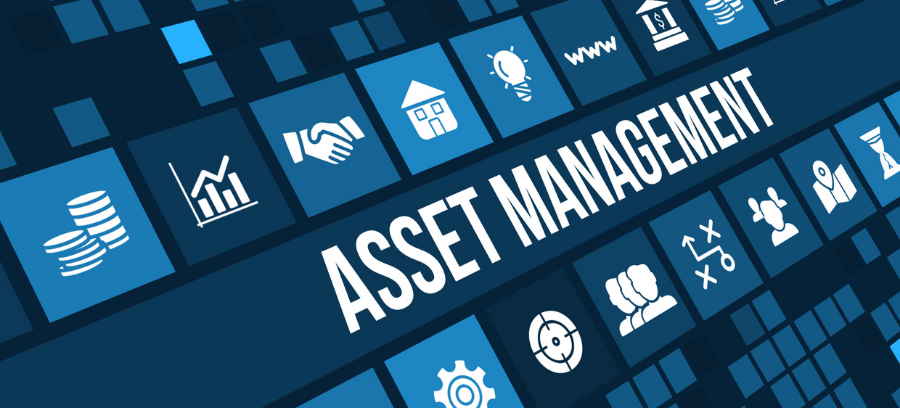
A Digital Asset Management (DAM) system is key. It helps organize, store, and find digital items quickly. It’s a go-to spot for all your assets. It gives you neat tools like tagging, controlling versions, and setting permission rights. So, finding and using your digital stuff is no biggie.
Companies can boost work processes and lift productivity by applying a DAM system. Certified Nerds is ready to assist you in creating a powerful DAM system, custom-made for your unique needs, that keeps your digital assets tidy and easy to reach.
Identifying and Classifying Digital Assets
First, figure out what your digital assests are. This means making a list of everything and ranking it. Importance and sensitivity are key. Take big-ticket items like financial records and customer databases. These are a big deal and need strong security kicks.
We provide skill in sorting out digital belongings. They aid you in forming a detailed list of your digital items. Their help ensures each item is suitably organized. This way, managing and safeguarding them becomes easier.
Addressing Common Threats to Digital Assets
Web-based items confront several dangers, like harmful software, deceptive email scams, and unauthorized intrusion. Bad programs can damage files and take private details, deceptive emails, can fool people to give out personal information. Unauthorized entries might cause data leaks and the loss of important data.
Protection against threats is key. Certified Nerds offers top-level cybersecurity. They safeguard against typical dangers. Services feature malware defense, phishing awareness, and digital access restrictions.
The Importance of Regular Audits
Keeping a watchful eye on your online tools is vital for safety and rules’ compliance. Regular checks spot weak spots and make sure your protection measures are current. These checks also give you a look at how your online tools are being used and who’s getting in, picking up on anything out of the ordinary.
The pros at Certified Nerds perform detailed checks to help you maintain your online asset security. Their reviews are complete and offer concrete tips to strengthen your strategies for securing your digital assets.
Leveraging Cloud Security for Digital Assets Protection
Using cloud storage gives us easy reach and adjustability. Yet, we can’t forget about strong safety methods. To keep our online belongings safe in the cloud, we harness coding, solid entry rules, and constant check-ins. This helps us catch and block any sneaky entries.
Certified Nerds focuses on cloud security, delivering measures that protect your online belongings. Their work covers establishing safe cloud spaces, applying secret codes for protection, and supplying ongoing checks for maximum safety.
Incident Response and Recovery Plans
It’s vital to have a plan for managing and fixing issues for limiting damage from a security break. This program must list the actions for a potential breach, like finding the origin, boxing in the risk, and bringing back compromised resources.
Trust the Certified Nerds to guide you in creating and putting into motion a solid plan for incident response and recovery. Their knowledge guarantees rapid and proficient management of any security issues, dancing around lengthy downtime and protecting your data.
Conclusion
Our world today revolves around digital goods. Think of your family pictures or critical company documents. Keeping these goods safe is a must. It’s about avoiding cash loss, keeping secrets, and making sure business keeps going. To do this you need to know what digital goods are and how to shield them. This way, you fight off any dangers that might come their way.
Certified Nerds commits to aiding folks and companies in safeguarding their online treasures with superior cybersecurity offerings. Their knowledge in digital asset safety guarantees your important information stays secure. Hop over to Certified Nerds to learn more about how we can lend you a hand.
Frequently Asked Questions
What are digital assets?
Think of digital assets as anything you can find online or save on your computer, with legal permissions. Examples? Pictures, video clips, files, songs, social media profiles, webpages, electronic wallets, and even company info.
Why is digital asset protection important?
Protecting digital assets is key to avoid monetary damage, keep privacy intact, uphold a business’s good name, and secure ongoing operations. This protection defends crucial data against risks like theft, misplacement, and unapproved access.
How can I protect my digital assets?
Securing your digital goods is possible! How? Craft sturdy passwords. Go for two-factor authentication. Regular data backups? Yes! Encrypt important details. Pick secure networks. Keep software updated. Equip yourself and your team with knowledge. Use dependable safety tools. Don’t forget regular check-ups!
What is a Digital Asset Management (DAM) system?
A Digital Asset Management, or DAM, system is like a big, online filing cabinet. It holds, arranges, and finds digital bits and pieces with ease. With features like tag labels, checking versions, and setting who can see what, handling and using digital things gets a whole lot simpler.
